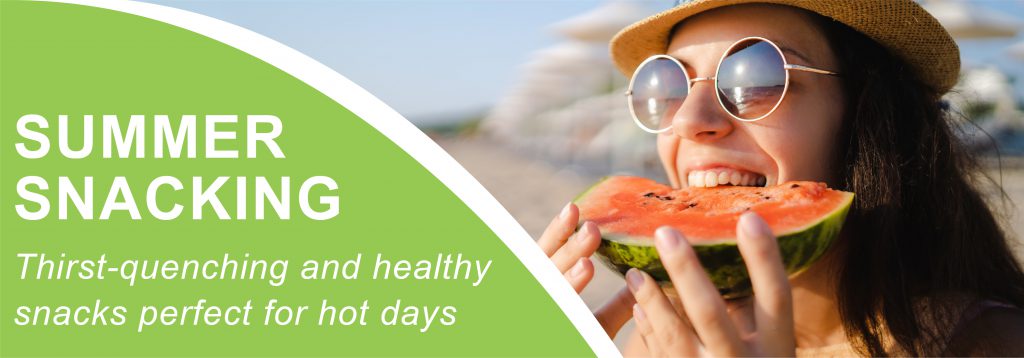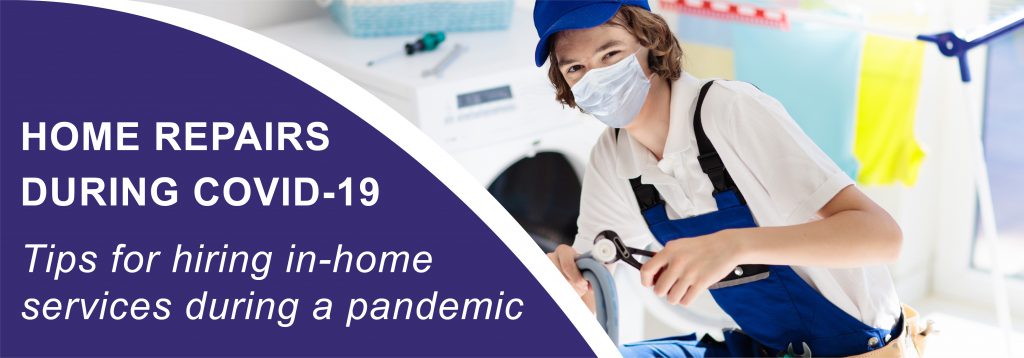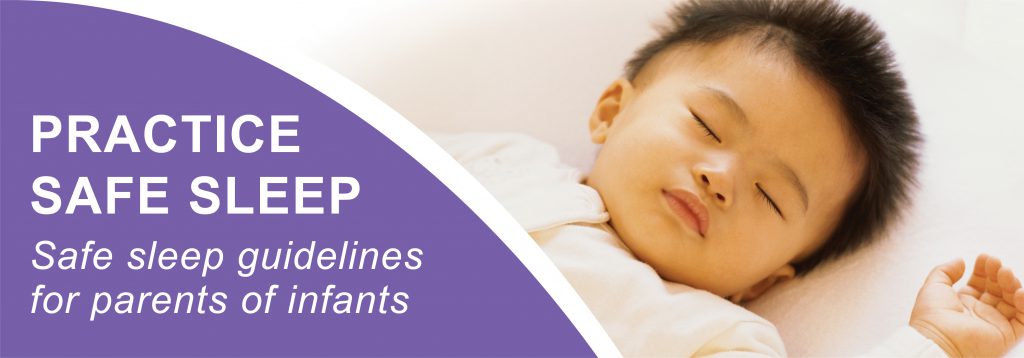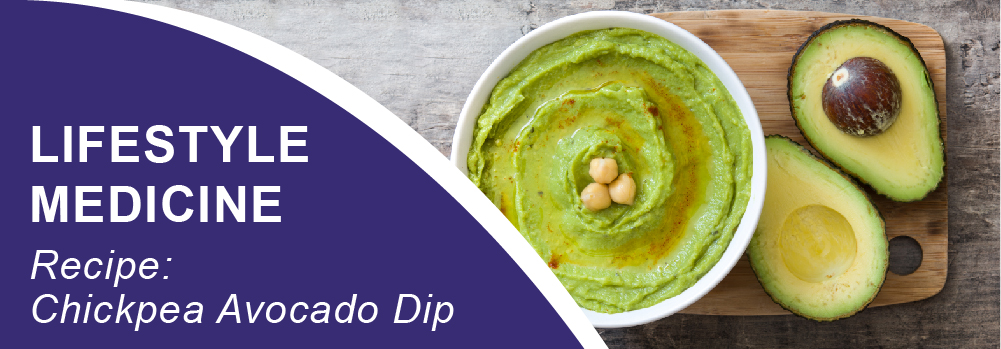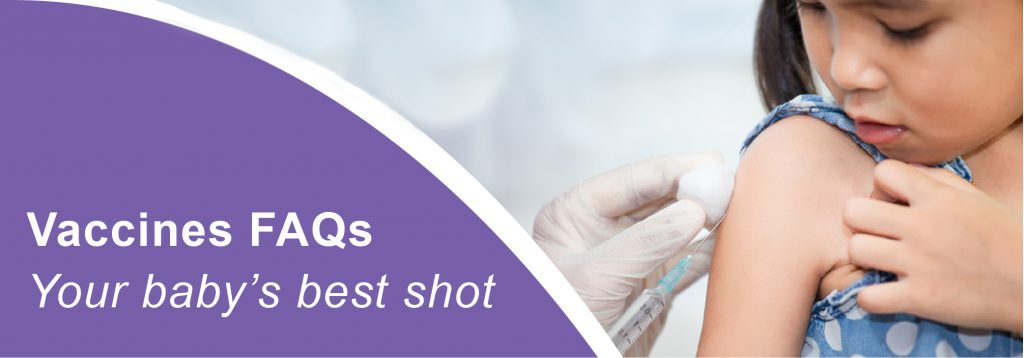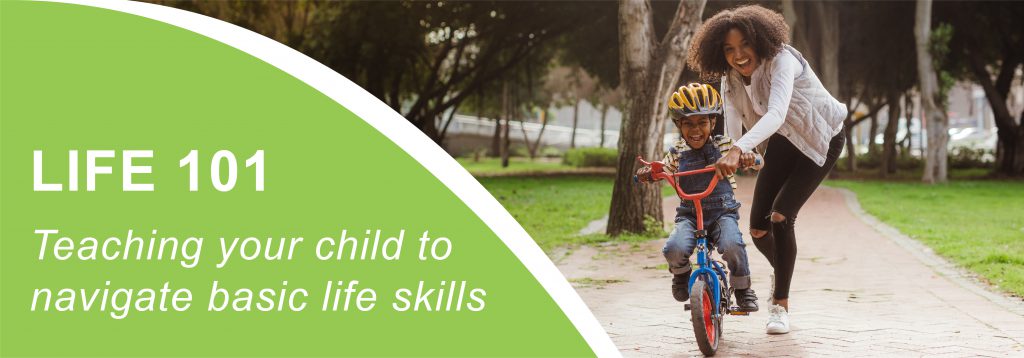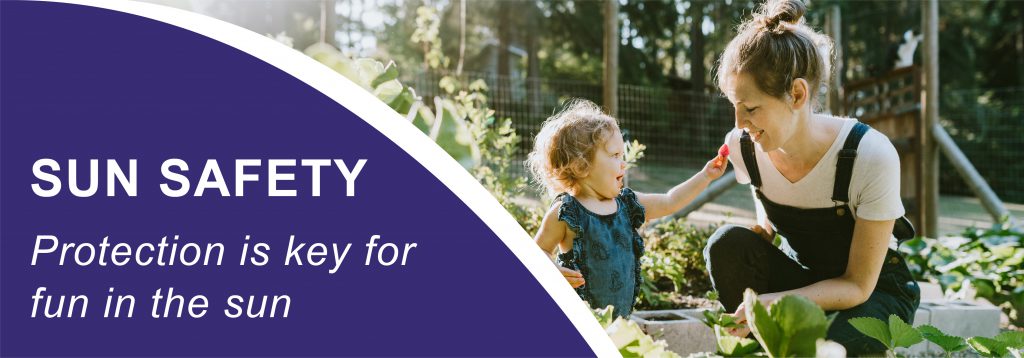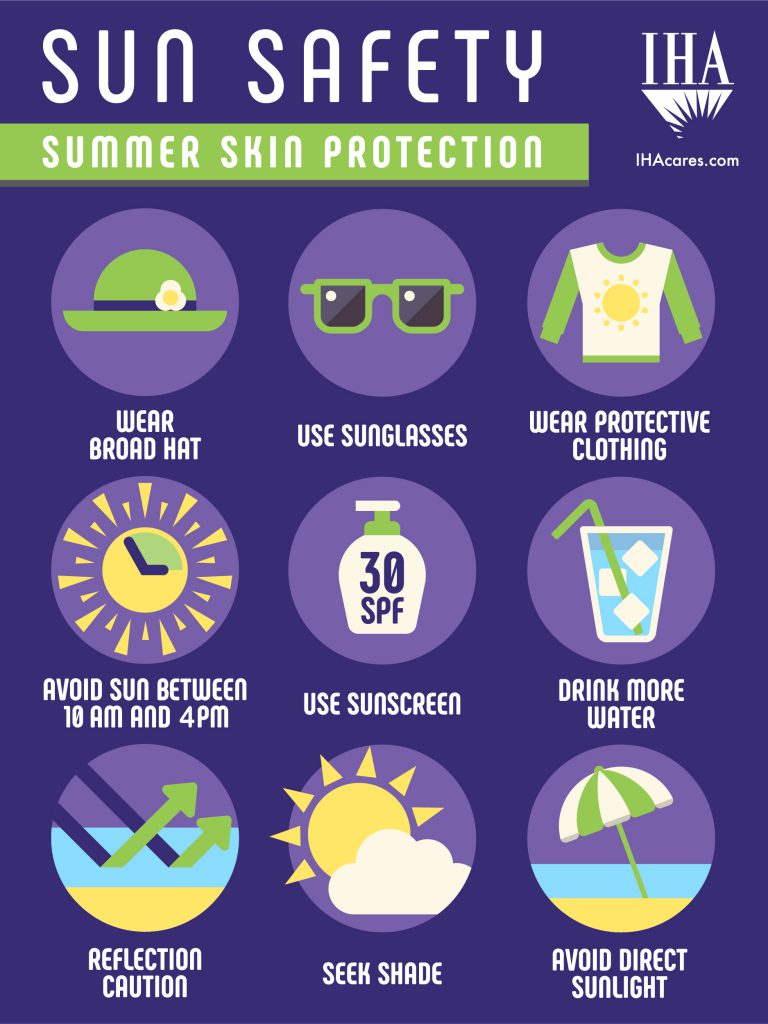How to reduce the risk of COVID-19 exposure while playing youth sports
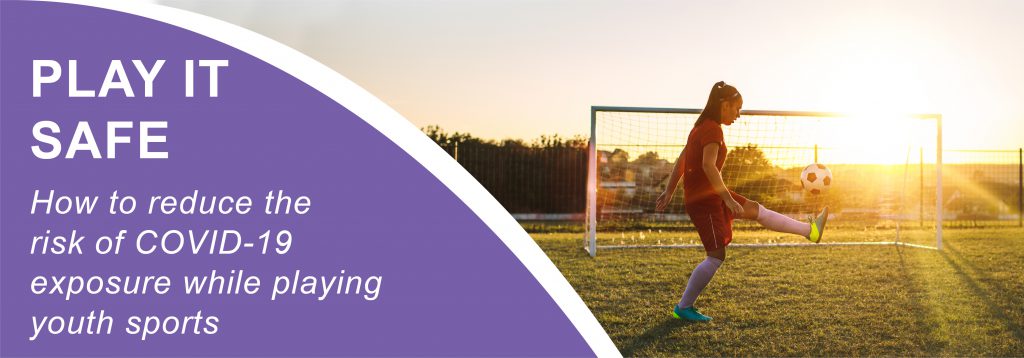
Many youth sports leagues are easing back into practice and in some cases competition. While it’s a much-welcomed change after a summer of quarantine, whatever you or your children play, you should play it safe. There are a number of steps you can take to help lower the risk of COVID-19 exposure and reduce the spread while playing sports. The more people a participant interacts with, the closer the physical interaction, the more sharing of equipment there is by multiple players, and the longer the interaction, the higher the risk of COVID-19 spread. Therefore, risk of COVID-19 spread can be different, depending on the type of activity. Read on for guidance from the Centers for Disease Control and Prevention.
Make a game plan to reduce risk
- Lowest Risk: Performing skill-building drills or conditioning at home, alone or with members of the same household
- Increasing Risk: Team-based practice
- More Risk: Within-team competition
- Higher Risk: Full competition between teams from the same local geographic area (e.g., city or county)
- Highest Risk: Full competition between teams from different geographic areas (e.g., outside county or state)
- If organizations are not able to keep safety measures in place during competition (for example, keeping participants six feet apart at all times), they may consider limiting participation to within-team competition only (for example, scrimmages between members of the same team) or team-based practices only
- Similarly, if organizations are unable to put in place safety measures during team-based activities, they may choose individual or at-home activities, especially if any members of the team are at an increased risk for severe illness

Prepare before you participate in sports
- Bring supplies to help you and others stay healthy—for example, masks (bring extra), hand sanitizer with at least 60% alcohol, broad spectrum sunscreen with SPF 15 or higher, and drinking water.
- Prioritize participating in outdoor activities over indoor activities and stay within your local area as much as possible.
- If using an indoor facility, allow previous groups to leave the facility before entering with your team. If possible, allow time for cleaning and/or disinfecting.
- Check the league’s COVID-19 prevention practices before you go to make sure they have steps in place to prevent the spread of the virus.
- If you are at an increased risk for severe illness or have existing health conditions, take extra precautions and preventive actions during the activity or choose individual or at-home activities.
Stay home if sick
If the participant has symptoms of COVID-19, has been diagnosed with COVID-19, is waiting for COVID-19 test results, or may have been exposed to someone with COVID-19, they should stay home and not participate in any sports.
Have smaller team sizes
- Sports with a large number of players on a team may increase the likelihood of spread compared to sports with fewer team members.
- Limit your team to a core group of participants, by restricting non-team players from joining when your team is short players and not adding new members during the season.
Reduce physical closeness between players when possible
- Maintain at least 6 feet between yourself and your teammates, other competitors, and officials while actively participating in the sport.
- Focus on building individual skills, like batting, dribbling, kicking, and strength training.
- Avoid high fives, handshakes, fist bumps or hugs.
- Keep space between players in the practice areas, including on the sideline, dugout, and bench.
- Wait in car or away from the playing area until just before the warm-up period or the beginning of the game.
- Avoid congregating in the parking lot or near
the field before or after games.
- If it is not possible to avoid congregating, practice social distancing by ensuring there is at least 6 feet between participants.
- If social distancing is not possible, wear a mask whenever possible to reduce risk of virus transmission.
Space out spectators by 6 feet
- Limit nonessential visitors, spectators, and volunteers. Ensure they wear masks and maintain social distancing.
Wear a mask if possible
- Wear a mask if feasible, especially when it is difficult to stay less than 6 feet apart from other people or indoors, for example in close contact sports such as basketball.
- Lower intensity sports: Emphasize wearing masks and practicing social distancing for lower intensity sports.
- Higher intensity sports: People who are engaged in high intensity activities, like running, may not be able to wear a mask if it causes difficulty breathing.
- If unable to wear a mask, consider conducting the activity in a location with greater ventilation and air exchange (for instance, outdoors versus indoors) and where it is possible to maintain physical distance from others.
- In situations where individuals might raise their voices, such as shouting or chanting, we strongly encourage wearing masks.
- For youth athletes, parents, coaches, and sports administrators should decide if the kids need to wear a mask.
- It is not known if face shields provide any benefit as source control to protect others from the spray of respiratory particles. CDC does not recommend use of face shields for normal everyday activities or as a substitute for masks.
Minimize sharing of equipment or gear
- Encourage players to bring their own equipment if possible, like gloves, balls, and helmets.
- Limit the use of frequently touched surfaces on the field, court, or play surface.
- Bring your own water to minimize use and touching of drinking fountains.
- Clean and disinfect shared items between use.
- Don’t share towels, clothing, or any items used to wipe your face or hands.
- Avoid sharing food, drink containers (e.g., coolers), and utensils.
Cover your coughs and sneezes.
- When coughing or sneezing, use a tissue or the
inside of your elbow. Used tissues should be thrown away and hands washed
immediately with soap and water for at least 20 seconds or use hand sanitizer
with 60% alcohol.
- If soap and water are not readily available, hand sanitizer that contains at least 60% alcohol can be used.
Wash hands
- Wash your hands with soap and water for at least
20 seconds or use hand sanitizer with 60% alcohol.
- Before and after you play.
- Before adjusting your mask—review information about proper use, removal, and washing of masks.
Limit travel outside of your area
- Consider competing against teams in your local area (neighborhood, town, or community).
Checklist for coaches
- Send a welcome email or call parents (for youth players) and/or players. Inform them about actions that the sports program will take to protect players. Remind them to stay home if sick or if they have been around someone who is sick.
- Be a role model. Wear a mask and encourage family members, fans, officials, and sports staff to wear one during practices and games.
- Provide hand sanitizer with at least 60% alcohol to players before and after practice/game and encourage them to wash their hands with soap and water.
- Educate players about covering coughs and sneezes with a tissue or their elbow. Discourage spitting.
- youths practicing basketball
- Encourage players to focus on building individual skills
- Remind players about social distancing and identify markers (such as signage or tape on floor).
- Encourage your players to focus on building their individual skills and cardiovascular conditioning, so they can limit close contact with other players.
- Check with your sports administrator to make sure they are following cleaning and disinfection recommendations.
- Clean and disinfect frequently touched surfaces on field, court, or play surface (such as drinking fountains) at least daily or between use.
- Clean and disinfect shared equipment.
If you have questions or concerns about your child participating in sports this fall, make an appointment to talk it over with yout pediatric provider.


